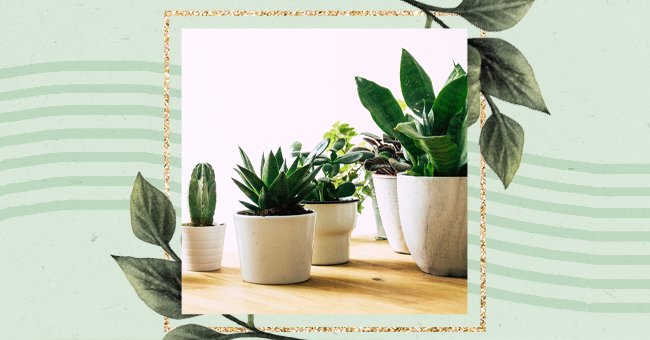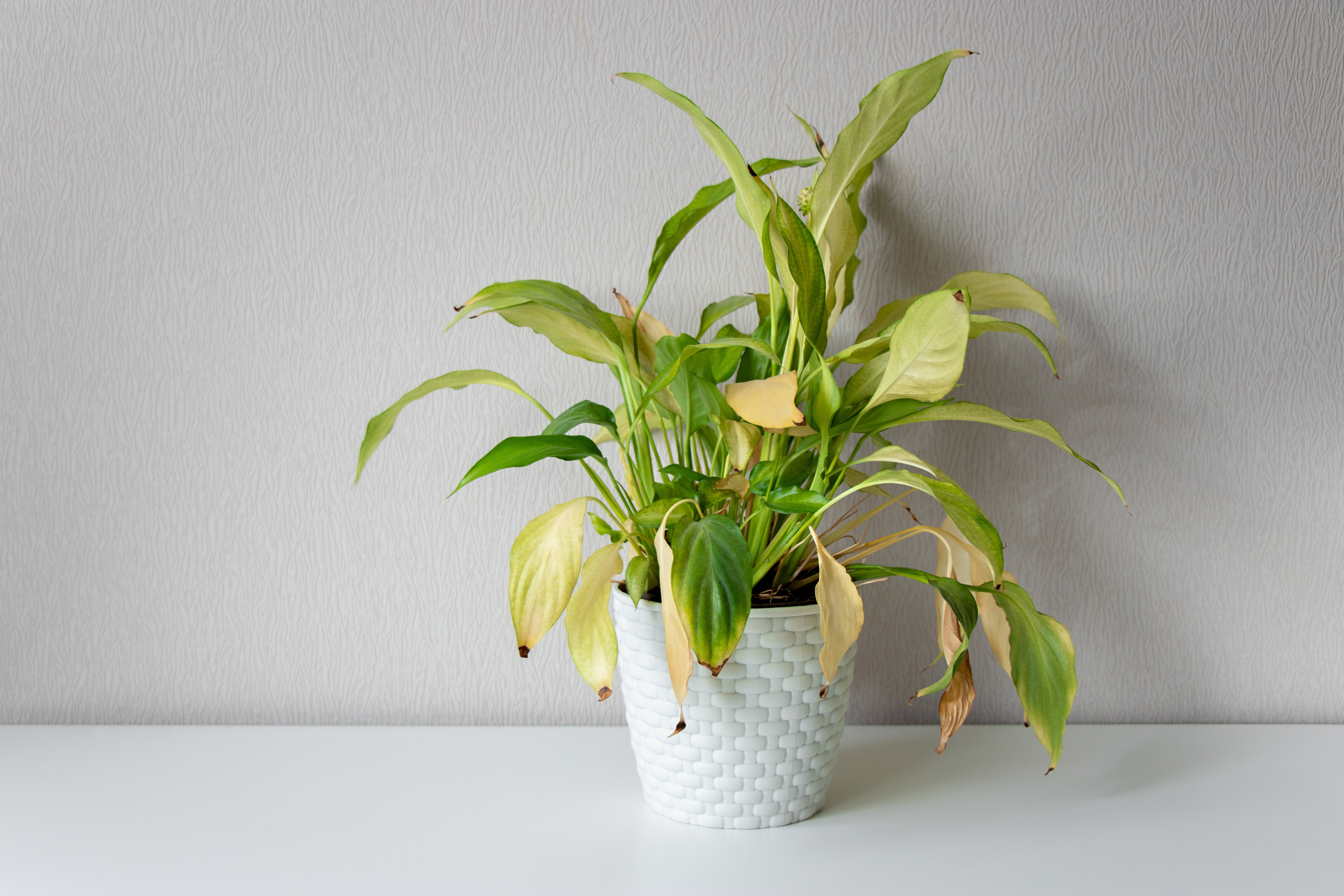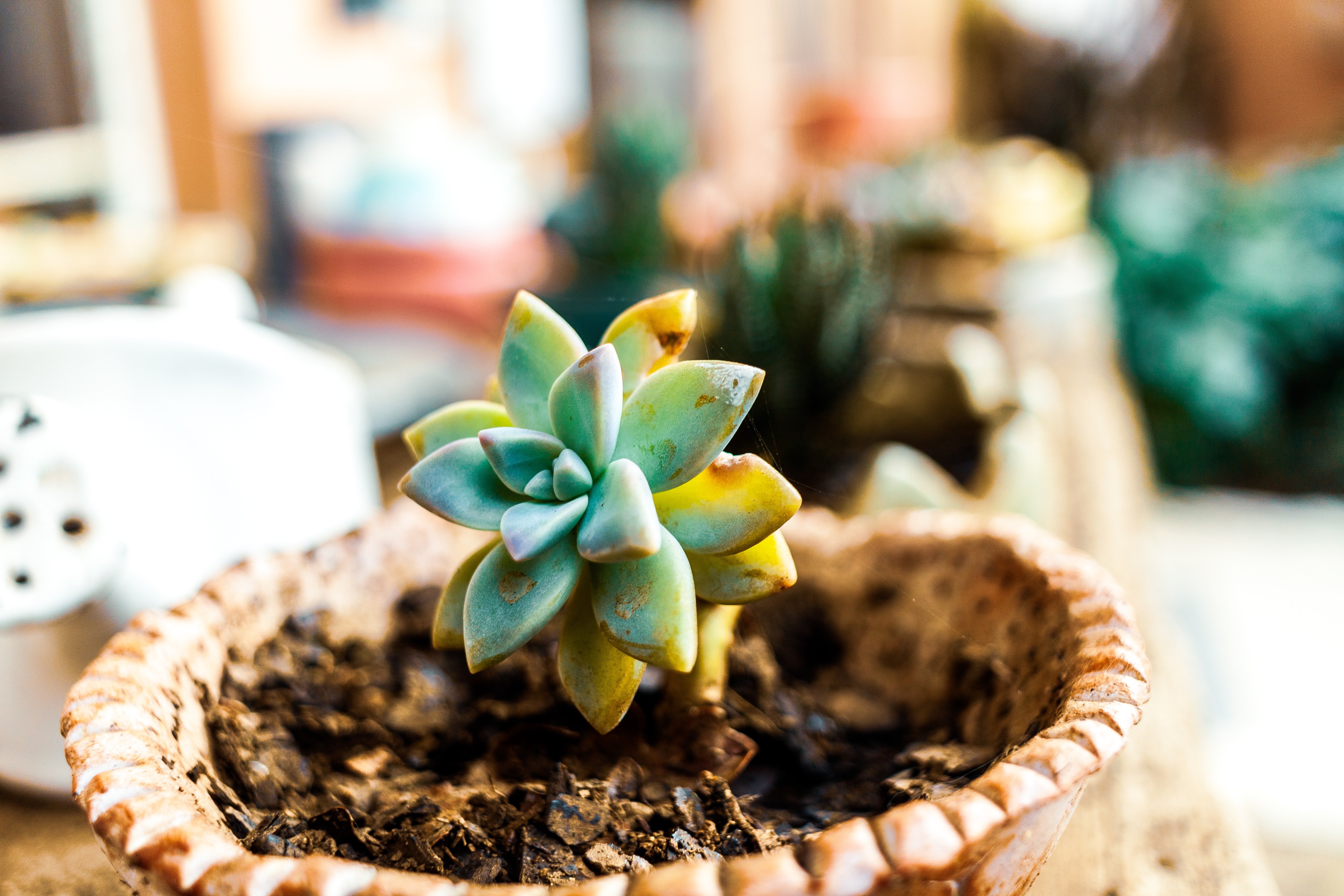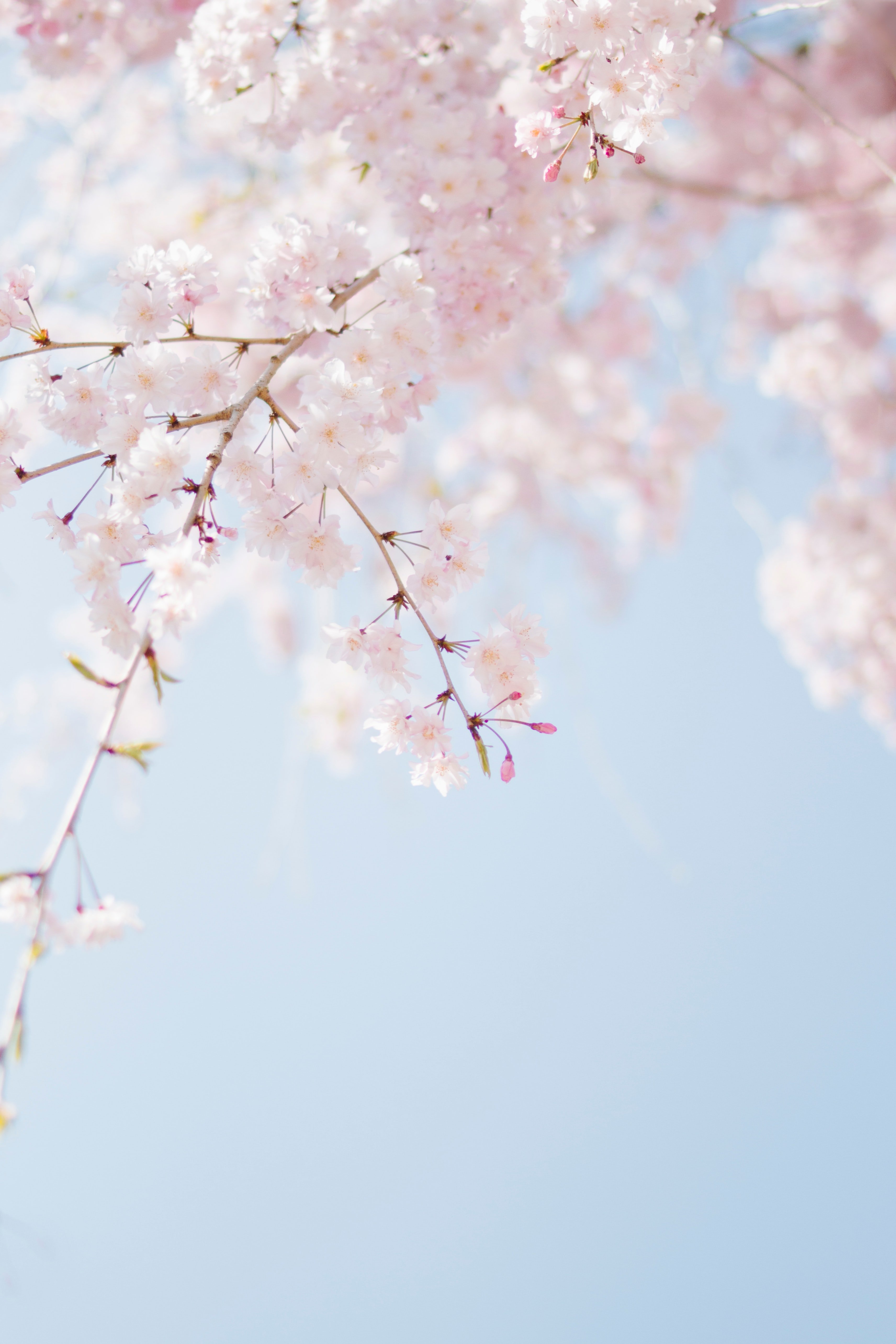
A Guide To Knowing When To Repot Your Plants
Having plants in and around your home is one of the best ways to brighten up your space and ensure that the air always feels fresh even if there is not much space around you. They are an excellent accent to most rooms and generally make a space look good.
However, it is not always easy to know how to take care of your plants properly, and one thing that many people struggle to figure out is when you should be repotting your plants and when to leave them be.
This handy guide will tell you everything you need to know about repotting your plants.
Roots

Roots of plant wrapped around pot | Unsplash
One of the simplest ways to know that it is time to repot your plant is by looking at its roots. While the plant grows up and out of the pot, the plant’s roots also grow and will tell you when the plant needs to be repotted.
If the roots are going extremely tightly in the pot, it might be time for you to repot the plant because it will not get enough room for the roots, and the plant will begin to feel strangled and cease to grow.
Color

Yellowing plant | Shutterstock
Once the plant’s roots begin to feel strangled and the plant stops growing, it will be only a short while before the plant begins to die. This will result in the color of the plant changing, which will signal the time to repot.
When you notice the plant leaves begin to become yellow, it is a sign that the roots are strangled, and the plant needs to be repotted into a larger part so that the plant is fed all the nutrients it needs.
Size

Plant in white pot | Unsplash
If your plant is showing no other signs of needing to be repotted, a sure-fire way to know that your plant needs to be repotted is by assessing the size of the plant concerning the size of the pot that it is in.
If your plant is looking way bigger or taller than your pot, it might be time for you to get a bigger pot before your plant’s roots start to become strangled and the plant begins to die.
Growth

Succulent in pot | Unsplash
You might notice that your plant has not exhibited yellowing leaves or showing signs of the roots being strangled, but there is one other way to know that your plant has outgrown the pot that it is in.
Your plant may seem as though it is in perfect health and is exhibiting no signs of needing to be repotted, but if you have noticed that your plant is not growing anymore, it might need a larger pot.
Season

Cherry blossoms | Unsplash
When you have decided that it is time to repot your plant and decide on the pot and soil that you will use, you must consider the season that you will repot your plant in.
The season in which the plant is repotted could severely impact how well the plant does in its new pot. The best season to replant your plant is spring because of the plant coming out of a dormant period.
